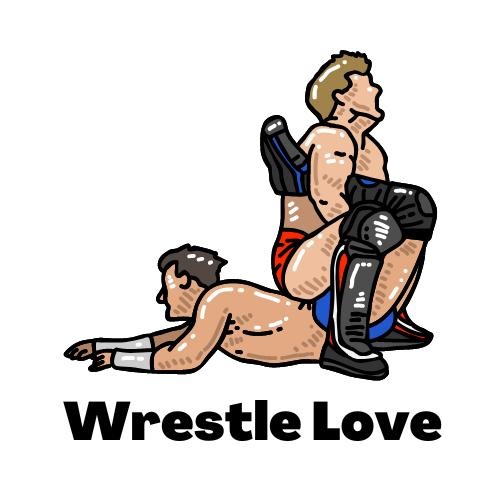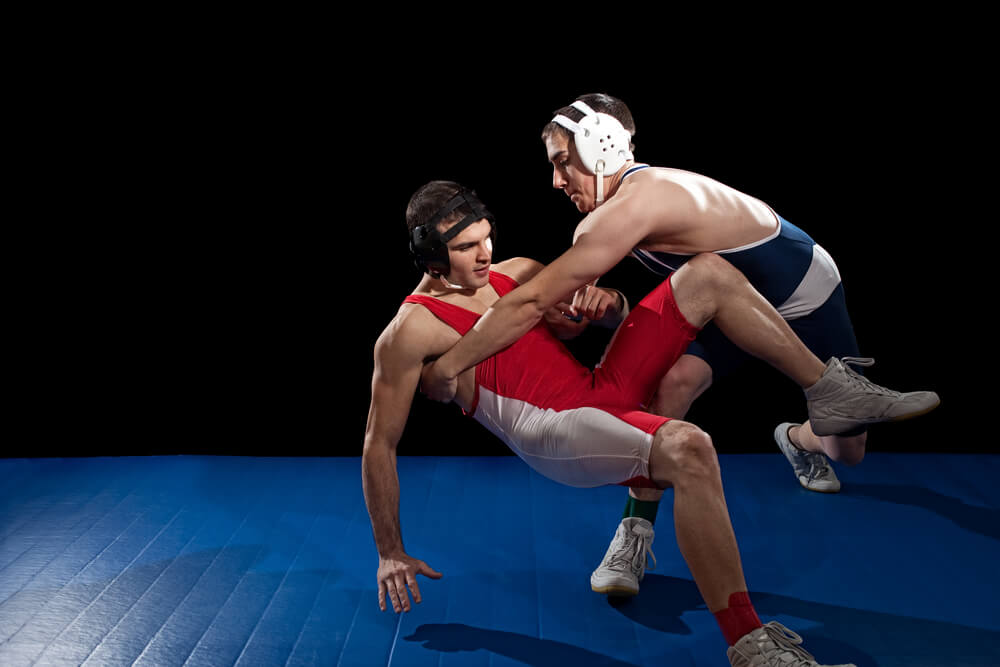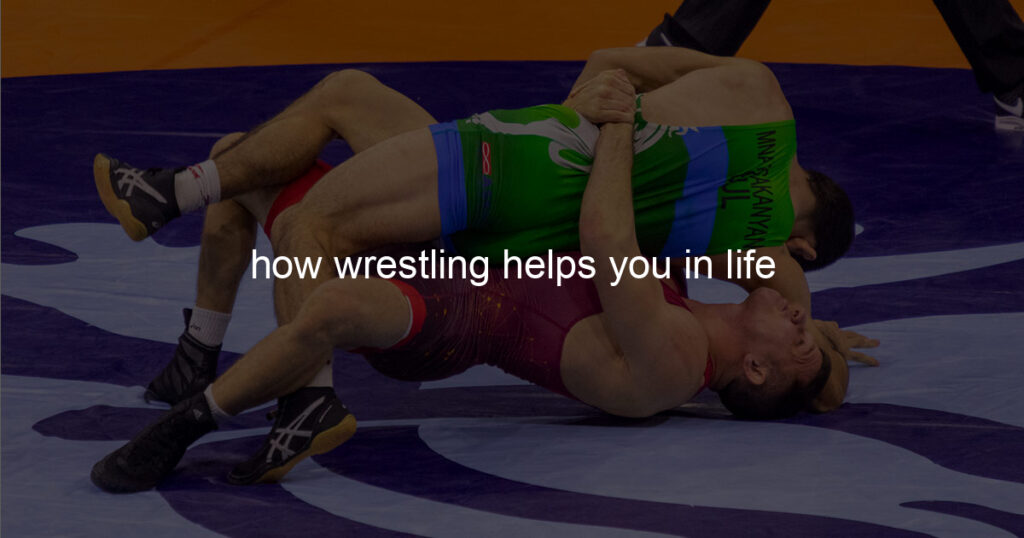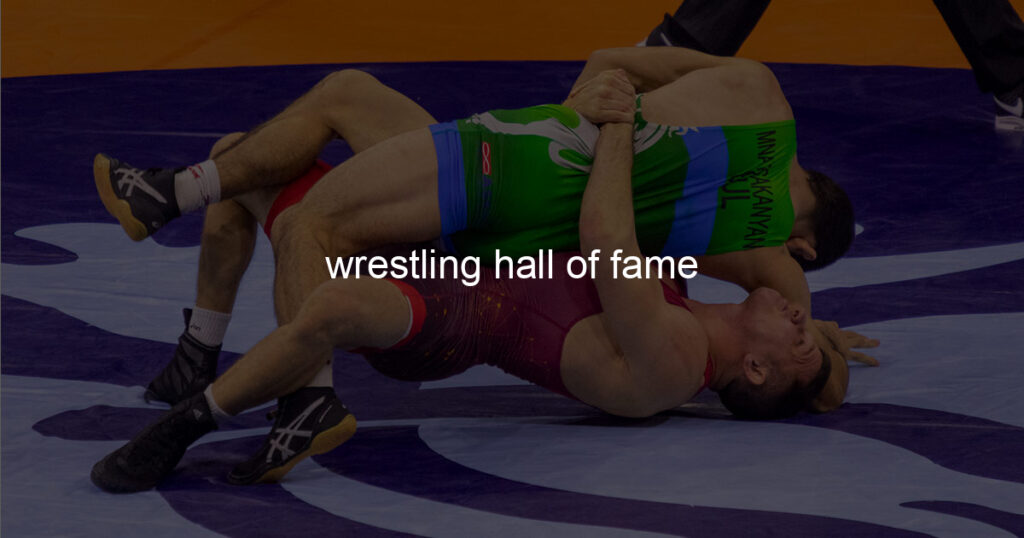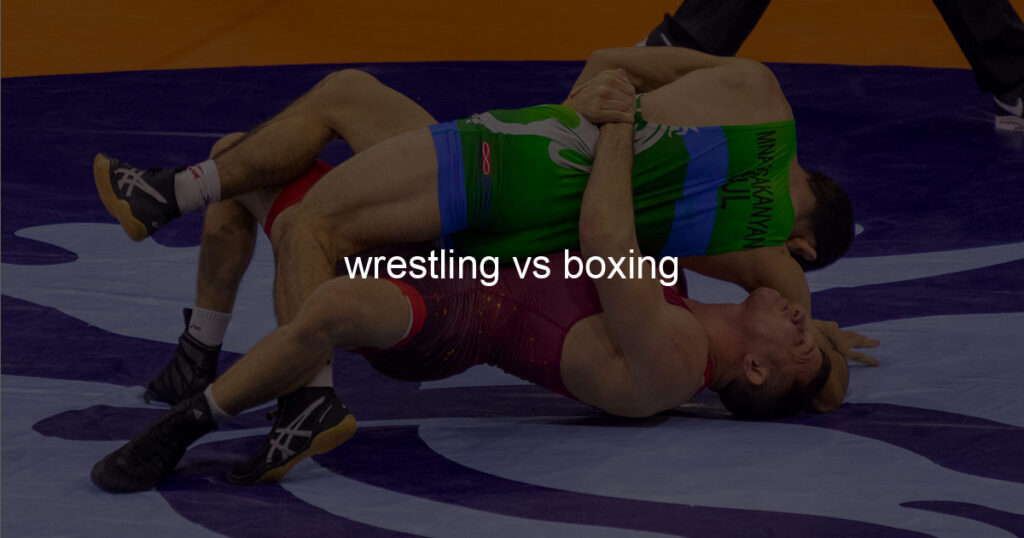When it comes to staying in shape for wrestling, there are a lot of exercises that can help you. This blog post will discuss some of the best exercises for wrestlers. These exercises will help improve your strength, endurance, and agility, which are all important factors in wrestling.
So, if you want to be at your best on the wrestling mat, make sure to include these exercises in your routine!
What workouts should I do for wrestling?
When you are preparing for a wrestling match, it is important to make sure that your workouts focus on both strength and speed. Training that focuses on power and explosiveness should be a major part of the program.
Plyometrics like box jumps, squat jumps, and lunges are great exercises to develop power in your lower body. Speed drills like sprints and stair runs will help you to move faster on the mat.
Strength-building routines like barbell squats, deadlifts, hip hinge exercises, and pull-ups are important for developing overall body strength that can apply to various positions required in wrestling.
It is also wise to incorporate some core strengthening moves such as planks into your workout regimen as this will help improve your ability to hold strong form while wrestling.
What are the best core exercises for wrestling?
For wrestlers who want to master their techniques and improve their overall performance, some of the best core exercises are planks, squats, and mountain climbers. All three target the core and help build strength in the back, glutes, hips, and abs.
Planks will test your balance as you hold for 40-60 seconds. Squats focus mostly on the quads but also work other muscles like the hamstrings, calves, and core.
Finally, mountain climbers can be used to develop muscular endurance in both the upper and lower body. Combined with a healthy diet and proper rest, these exercises will help wrestlers sharpen their technique quickly.
What lifts are best for wrestlers?
For wrestlers, the weight room is an essential part of their training routine. Certain lifts can be particularly beneficial for these athletes, helping build strength and power as well as aiding muscle development.
Power cleans a great option for wrestlers as they require explosive movement, important for generating power for wrist control and take-downs.
Squats also help increase overall muscular strength and development in the glutes, hamstrings, and quadriceps – prime movers during wrestling’s dynamic movements.
Deadlifts are great for building core stability, crucial when trying to maintain posture while going toe-to-toe with opponents.
Alongside these traditional lifts, exercises such as rope slams and farmer’s walks can also aid a wrestler’s power and grip strength, providing them with the edge they need on the mat.
What muscles help the most in wrestling?
Many different muscles help in wrestling, but some are more important than others. The four main muscle groups are the legs, back, shoulders, and arms. The legs are important for providing power and stability.
The back is important for generating force and maintaining balance. The shoulders are important for increasing reach and leverage. The arms are important for controlling the opponent and applying pressure.
How do you build explosive power in wrestling?
Building explosive power in wrestling can make a huge difference when it comes to your performance both in practice and in competitions. To build explosive power, it is important to do exercises that will strengthen your core and increase overall strength, like squats, deadlifts, and dips.
Additionally, plyometrics like box jumps or medicine ball throws are great for developing explosive power by engaging the fast-twitch type 2 muscle fibers. It is important to allow the body time to rest between explosive movements to avoid injuries.
Proper nutrition can also help athletes build overall body strength and muscle which can help with their explosiveness in wrestling matches. With a combination of proper diet and explosive exercises, you’ll be able to build up your power on the mat.
What are the big 3 core exercises?
The big 3 core exercises are considered to be some of the most important and efficient movements to incorporate into any fitness plan. These exercises are the deadlift, squat, and bench press.
Deadlifts target the entire posterior chain and require balance and stability when lifting heavy weights. Squats primarily work your lower body but also engage your core by helping you stay upright with a heavy barbell on your shoulders.
Finally, the bench press focuses on pressing large amounts of weight up from your chest in a flat lying position whilst engaging both upper body muscles and core for support.
Combining these three movements into a single fitness plan can help build strength, power, mobility, and coordination all at once.
Conclusion
When it comes to looking for the best workouts and exercises for wrestling, there are a lot of different factors to consider. Figuring out which gym and exercises will benefit you most as a wrestler is an important step in making sure that you are getting the most out of your training.
Building core strength and explosive power can help wrestlers on the mat while improving general fitness levels can help with overall endurance and strength. Doing the “Big 3” lifts or exercises including squats, deadlifts, and bench presses can also prove beneficial for developing a strong core.
All in all, it is essential to design a program that isn’t just focused on physical gains but takes into consideration mental health as well. After all, balance is key when it comes to sustainable success in any area of life — especially wrestling!
